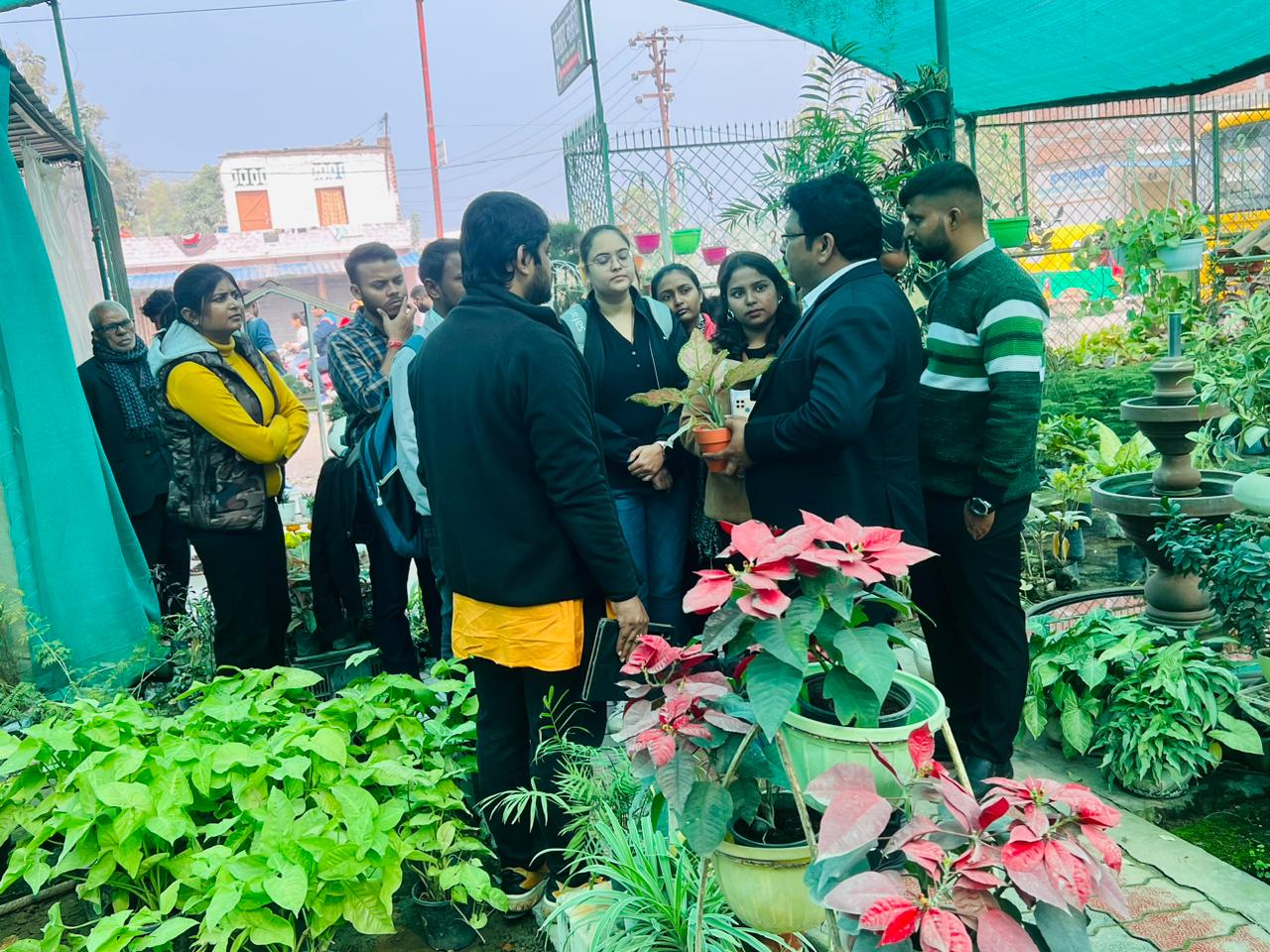Varanasi, a city of ancient heritage, faces environmental challenges like water scarcity and pollution. Traditional gardening can worsen these. Sustainable gardening, integrating native plants and xeriscaping, offers a transformative path. This article explores how these principles empower Varanasi residents to cultivate stunning, resilient, eco-friendly gardens, contributing to a greener, more sustainable future for Sustainable Gardening Varanasi.
The Pillars of Sustainable Gardening
Sustainable gardening minimizes environmental impact by conserving resources, promoting biodiversity, and reducing waste. This approach is key for Sustainable Gardening Varanasi.
- Preserving Biodiversity: Native plants are crucial for local ecosystems, providing food and habitat for wildlife. This supports the food web and natural pest control.
- Capturing Carbon & Improving Soil: Composting and mulching capture atmospheric carbon, enriching soil. Long-living native trees also store CO2, mitigating climate change and improving urban air quality.
- Conserving Water, Reducing Maintenance & Saving Money: Native plants and xeriscaping drastically cut water needs, lowering utility bills and maintenance. This makes Sustainable Gardening Varanasi an economically sound choice.
Native Plants: Ecological Advantage
Native plants thrive in Varanasi’s sub-humid climate and sandy/clay loam soils due to natural adaptation. They require minimal intervention, resist local pests, and are vital for local biodiversity. This makes them ideal for Sustainable Gardening Varanasi.
Selecting Native Plants for Varanasi
For Sustainable Gardening Varanasi, choose species native to the Gangetic Plains.
- Trees: Banyan (Ficus benghalensis), Neem (Azadirachta indica), Peepal (Ficus religiosa), Amaltas (Cassia fistula), Jamun (Syzygiumcumini), and Arjun (Terminalia arjuna) offer shade, medicinal properties, and support wildlife.
- Shrubs & Flowering Plants: Pigeon Pea (Cajanus cajan), Pot Marigold (Calendula officinalis), Aloe Vera (Aloe vera), Chinese Hibiscus (Hibiscus rosa-sinensis), Jasmine (Jasminum sambac/officinale), Bougainvillea (Bougainvillea spp.), Plumeria (Plumeria spp.), and Tulsi (Ocimum sanctum) thrive locally, providing beauty and ecological benefits.
- Groundcovers:Methi (Trigonella foenum-graecum), Spinach (Spinacia oleracea), Mondo Grass (Ophiopogon japonicus), and native sedges/violets reduce water evaporation and suppress weeds.
Xeriscaping: Designing for Water Wisdom in the Holy City
Xeriscaping reduces or eliminates supplemental irrigation. It conserves 50-70% water, saves costs, and offers environmental benefits by promoting biodiversity and reducing runoff. This is a core practice for Sustainable Gardening Varanasi.
The Seven Principles of Xeriscaping Adapted for Varanasi’s Conditions
- Planning & Design (Hydrozoning): Group plants by water needs; integrate rainwater harvesting.
- Soil Preparation: Amend Varanasi’s sandy loam/clay loam soils with organic matter.
- Efficient Irrigation: Use drip irrigation or soaker hoses.
- Appropriate Plant Material: Select low-water-use native and drought-tolerant species.
- Use of Mulch: Apply mulch to reduce evaporation, suppress weeds, and regulate soil temperature.
- Appropriate Turf: Limit traditional lawns; opt for low-water grasses or native groundcovers.
- Appropriate Maintenance: Mindful upkeep, including organic pest control.
Varanasi’s Green Future: Local Initiatives and Practical Steps
Varanasi faces water scarcity and pest challenges. Uttar Pradesh’s Urban Green Policy promotes dense green zones, sponge parks, and rooftop gardens, supporting Sustainable Gardening Varanasi. The Indian Institute of Vegetable Research (IIVR) in Varanasi supports natural farming and organic pest control. Rainwater harvesting and community involvement are also key initiatives for Sustainable Gardening Varanasi.
Practical Steps for Varanasi Residents to Start Their Sustainable Garden
- Assess the Garden Space: Understand soil (sandy loam/clay loam), sunlight, and wind.
- Remove Invasive Species: Eliminate non-native invasive plants.
- Start Small: Begin with containers or raised beds.
- Embrace Composting: Turn waste into nutrient-rich compost.
- Consider Smart Irrigation: Use automated drip systems.
- Practice Companion Planting: Group compatible plants to deter pests and enhance growth.
Conclusion: Cultivating a Resilient and Beautiful Varanasi
Sustainable Gardening Varanasi, through native plants and xeriscaping, offers a powerful way to create beautiful, responsible, and beneficial gardens. These practices enhance biodiversity, conserve water, reduce maintenance, improve soil, and mitigate climate change. Every step contributes to a greener, more resilient Sustainable Gardening Varanasi.




